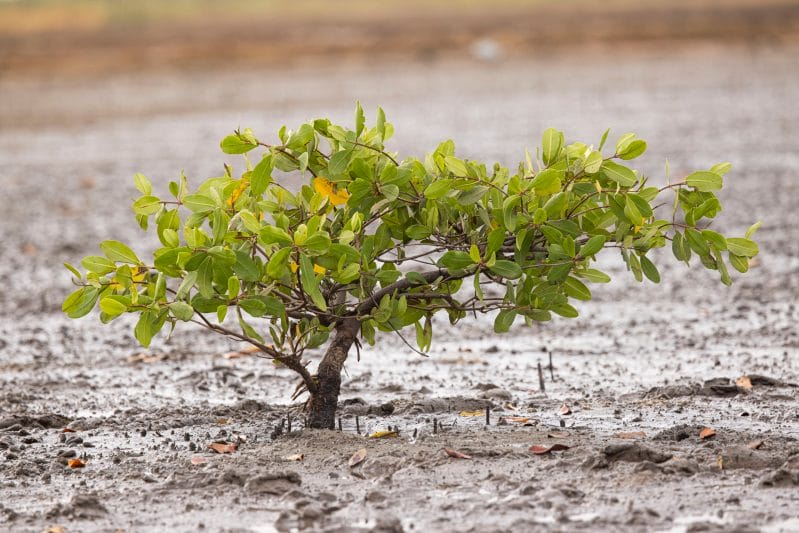This talk started sounding a similar story of victory; David Damberger from Engineers Without Borders (EWB), an extraordinary group of people who as he said had commitments to making a difference beyond getting a photocopier to go from 149 pages per minute to 151, starts sharing about the 5 million people in Malawi with access to clean drinking water! Victory! Except it was not true. Well, it was at the time of installation of the infrastructure, but 1.5 years later, 81/113 of these water sources were not functioning. Wind the clock back 10 years, another NGO from another country installs the exact same kind of water source for the exact same reason, even producing similar statistics of the number of people who now have access to safe, clean drinking water. 1.5 years later, they’re all off line.
Donor’s money gone to dust. And not just once. Repeating. And not just repeating money loss but repeating the exact same mistake. What happened?
Sure it was generous and great to set up accessibility to such a fundamental necessity to life but with no thought to how these systems were going to be maintained, who was going to be trained to do this, how they would access spare parts, the failure of these projects was inevitable.
Fast forward and David is sharing about his project with EWB in India to also deal with safe, clean water supply. He comes home victorious, a hero! Only to find that not so very much later, his infrastructure had failed. For the exact same reasons the previous projects in Malawi had failed.
David’s courage in sharing this, as most people can relate, was extraordinary. Not only had his project failed but it had failed for the exact same reasons these previous projects had failed that he had been so criticizing of.
In dealing with this failure head on was complete gold in terms of learning and development opportunities for discovering and inventing projects that actually do work and that last. Getting the focus off what makes investors traditionally ‘feel good’ and get the focus onto what actually is needed and wanted on the ground where the projects are happening, even if it’s not ‘sexy’, like funding spreadsheets instead of funding children (which is a lot of what EWB does now). Working with the communities where the projects are happening that THEY have ownership of what is being done, leadership in what is being done and how it is being done, and have and are developing what is needed to have it last in the long-term.
This is what sustainability is; having people (ALL people), the economy and the environment operating in a way that will keep working indefinitely.
This is one of the reasons WeForest works. Our focus, yes it’s on planting trees and the scientifically based and multiple benefits of them, but it’s all inside of partnering local communities to fulfill on what works for them and a way that works for them, societally, economically and environmentally.
Have we made mistakes? Of course! And frankly, who hasn’t? The only thing there is ever to do (if you’re committed that something works), is establish what happened, get to the source of it, take responsibility for it and looking from the distinctions of sustainability, take actions now.
That, and maybe get super-interested in systems thinking because while sustainability is simple, it is also complex. Being able to discern what bit of a system to lever to make a difference, that’s the fun bit!
So have fun exploring and sharing failure. It’s one of the best opportunities for development and growth.
If you want to go back and watch the TED talk that this article was inspired by, here’s the link.















